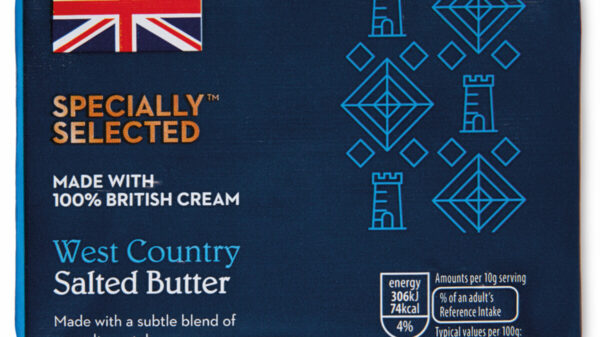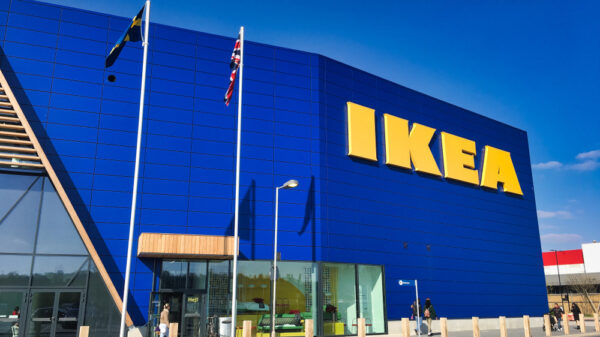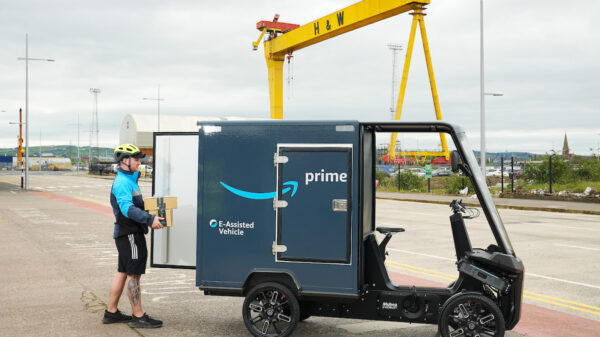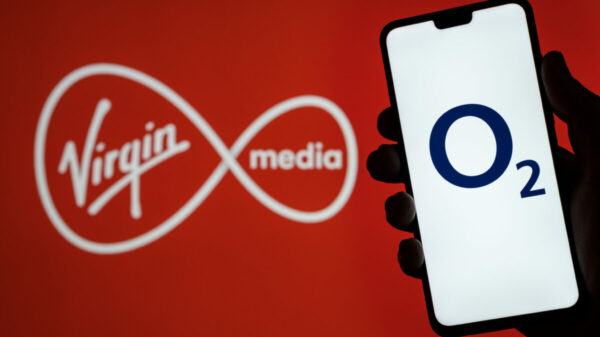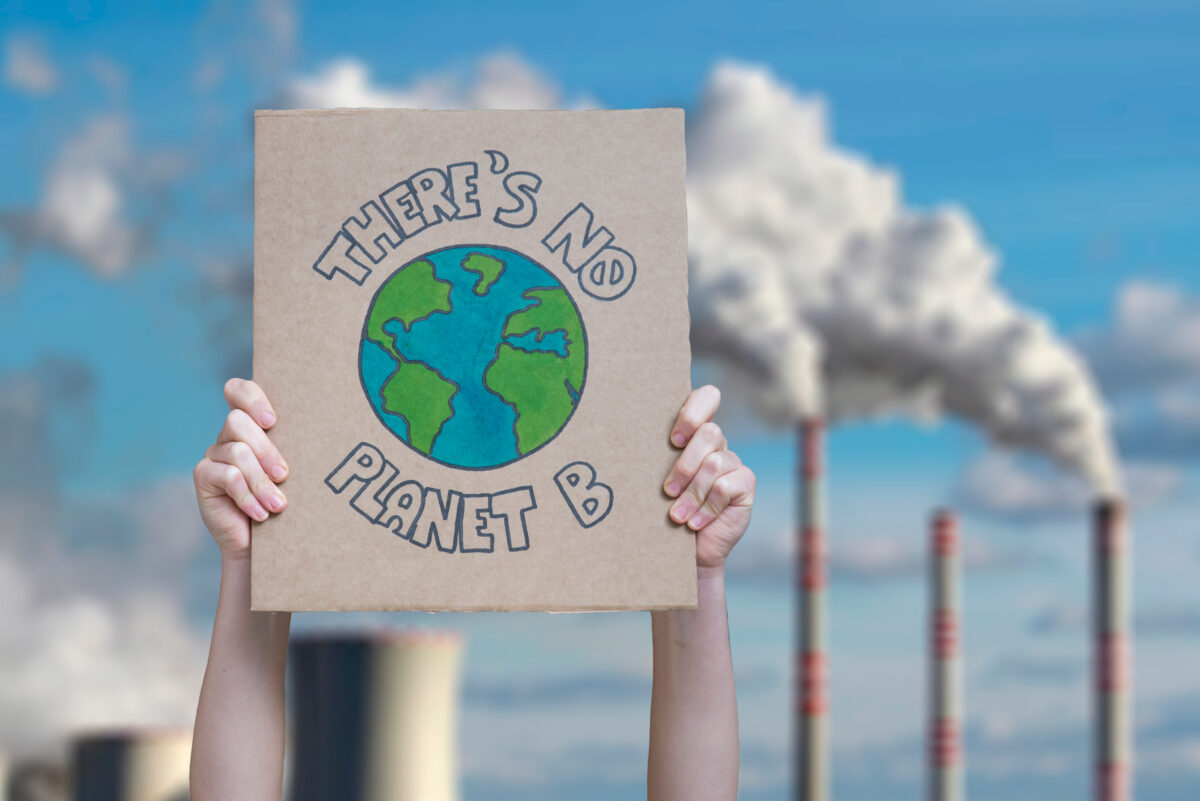“Around a year and a half ago we realised we couldn’t just rely on emails and spreadsheets to keep up with our supply chain,” begins Brooks Running’s director of corporate responsibility, David Kemp.
Supply chain transparency – where a business knows exactly what is happening at every stage of its supply chain – is crucial to any sustainability strategy. It’s also widely considered to be something of a administrative and logistical nightmare, as Kemp alludes to above.
There are a number of reasons why the process is so tricky. All internal and external communications must be clearly stated, with clear information about supply chain operations based on precisely-recorded facts and not taken at face value – but it’s crucial for recording the true risks and opportunities of any sustainability strategy.
However, despite this, as many as 75% of brands still haven’t engaged with their suppliers when creating their sustainability strategies.
Often coming under more scrutiny than other sectors, many apparel and fashion brands – including Brooks Running – have been focusing on ways they can transform their sustainability initiatives to make sure ethical practices and supply chain transparency take centre stage.
Kemp describes a clear, transparent and accurately recorded supply chain as the “foundation” of responsible sourcing.
Brooks’ sustainability strategy – known as its ‘People and Planet Path’ – comprises five key priorities: diversity, equity and inclusion; responsible sourcing; climate action; sustainable action and community impact, with each pillars branching out into different goals.
“Under the responsible sourcing pillar, tracing our supply chain is our foundation,” he said. “Only once we have done that we can even begin to look at human rights, our factory workers and environmental protection.”
Subscribe to Sustainability Beat for free
Sign up here to get the latest sustainability news sent straight to your inbox everyday
From legislation to expectation
There are a number of external factors which influence brands’ ability to increase the visibility of their suppliers, says Kemp, referring to the “growing raft of legislation” that companies like Brooks and others in the apparel and footwear space have needed to “get a handle on”.
US supply chain legislation includes the Uyghur Forced Labor Prevention Act, which prevents importing goods into the United States manufactured wholly or in part with forced labour in the People’s Republic of China. Closer to British soil, the EU requires large companies to disclose ESG risks, particularly information related to human rights and treatment of employees.
Outside of the law, stakeholders such as consumers, NGOs and retailers also demand brands to be transparent about their supply chain, but the amount of detail is changing.
“Historically, stakeholders wanted information about tier 1 factories, where the final products are made, but the paradigm is evolving,” Kemp explains. “Stakeholders now want to know about tier 2 – component and material suppliers. This will eventually move down the supply chain to tier 3 – raw material suppliers and 4 – origin of the material.”
“We already knew who our tier 1 factories are and we did have a decent – although not at 100% — visibility on tier 2. But we didn’t have any visibility at all into tier 3 and 4,” he adds.
“So I kept thinking about how we could actually close this gap.”
Currently all 30 of Brooks’ tier 1 factories are using TrusTrace, along with 130 tier 2 and around 70 tier 3 factories.
“We still don’t have 100% visibility yet as we haven’t gone down to tier 4 level,” admits Kemp. “And we do still have gaps within our tier 2 and tier 3, but we’re constantly looking to close those gaps.”
Why collaboration is key
Ensuring accurate supply chain visibility comes with its own set of challenges, particularly in the “complex, expansive and dynamic” apparel industry,
Kemp points out that different suppliers are entering (and leaving) the supply chain all the time, which means that “having real-time visibility into the factories engaged in manufacturing our products becomes paramount.”
While Brooks’ responsible sourcing team had full visibility of the supply chain within its tier 1 factories, there was still a gap regarding the amount of information the brand had on its tier 2 partners- and even more worryingly, the brand had no information at all on those in tier 3 and 4.
As Brooks dives deeper into its supply chain, tracing back accurately will naturally become more difficult.
“Around a year and a half ago we realised we couldn’t just rely on emails and spreadsheets to keep up with our supply chain,” says Kemp, revealing that Brooks has partnered up with software platform TrusTrace – which specialises in supply chain traceability – to ensure it can meet all its compliance and traceability requirements.
By identifying all the key factories within its supply chains, TrusTrace allows Brooks to monitor them, and seamlessly send information requests regarding each businesses environmental and social behaviours.
Brooks’ future: from factory to feet
Looking ahead, Brooks will use TrusTrace to trace at the individual product level, enabling deeper transparency to consumers on where Brooks’ product and materials are manufactured, while improving efficiency of chain of custody data collection for compliance with laws and regulations.
This deeper visibility into Brooks Running’s supply chain will eventually allow full visibility into the factories that manufacture the brand’s products and materials.
“We’ve seen that customers and external stakeholders are increasingly interested in understanding the supply chain at the product level rather than just the broader brand level,” says Kemp.
“This granularity allows, for example, a customer purchasing a specific product, like the ‘Goes 15’ running shoe, to gain specific insights into what goes on inside the factories involved in crafting that very shoe,” he adds.
“Such detailed identification of factories at the product level would have been an incredibly challenging feat without the aid of this advanced technology.”

